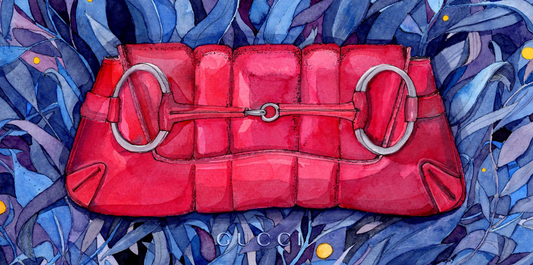
Fida Judge - Luke Hannam
Share
Luke Hannam is an English painter born in 1966 in Oxford. Hannam grew up in Derbyshire on the edge of the Peak District which he describes as rural and relatively free. He studied art initially at Chesterfield college in the early 1980s where he spent most of his time life drawing and copying the drawings of Raphael and Michelangelo. Hannam went on to study at Canterbury college of art where he was tutored by Mali Morris RA, Stass Paraskos ad Rob Welch all of whom he cites as having a major effect on his approach to painting. After graduating, Hannam moved to the North-East of England principally to paint, but also to make music. Hannam found success as a musician in the 1990s initially with his band ENC, but later with his second project GRAMME that signed to Trevor Jacksons hugely influential record label ‘Output Records’. Post Punk, hip-hop and Dance culture went to have a major impact on Hannam’s creative personality, establishing a deep commitment to mixing languages and styles. His approach to bass playing has often been compared to the way he draws and paints – passionate, brutal and distinctly beautiful. Hannam returned to painting as a central focus of his creative output in the early noughties, although he has continued to write, record and tour with his band Gramme. After showing his work in multiple provincial galleries in the UK, he eventually secured major representation from The Anima Mundi Gallery directed by Joe Clarke. He has since gone on to have two major solo shows with the gallery, the first in 2021 ‘The Compass and Rosary’ and ‘Gods Body and Devil Chains‘ in
2023. Both shows were well received and have helped to raise his profile internationally. Hisworks have also been shown at the Saatchi Gallery and 8 Holland Street. In addition, Hannam is exhibiting in a solo show in Narrowsburg, New York, concurrently with ‘The Weight of Colour’ in London. Hannam has continued to evolve his work and more recently, to start exploring new ways of presenting his work to make his multiple pathways and duality of themes more visible.






